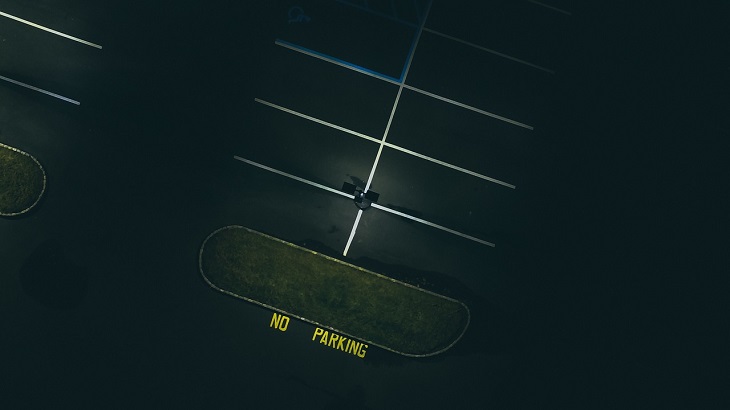Disabled drivers need to understand and master the three most common types of parking: angle parking, perpendicular parking, and parallel parking. Each of these types of parking is a crucial maneuver that disabled drivers will need to perform in certain circumstances. Angle parking, perpendicular parking, and parallel parking are all vital skills in a disabled driver’s tool kit.
But what does each of these common types of parking involve? How do you perform each type? What are the steps for perpendicular parking? How do you park in an angled parking space? Is perpendicular parking more difficult than angle parking? Is parallel parking hard? And which of these three types of parking should you do and when? Read on to find out all you need to know.
Angle Parking, Perpendicular Parking, And Parallel Parking
Angle parking, perpendicular parking, and parallel parking are the three most common types of parking. Most drivers have their favorite (and least favorite!) type of parking to perform. But it is essential that you master all three, because there will be times when you need to use each type.
Double Parking (Is Usually Illegal)
There is a fourth type of parking… but it will usually earn you a parking ticket! Double parking is when a vehicle parks next to another vehicle in a way that blocks the other vehicle in. Double parking is illegal on streets and in parking lots. The only circumstance when double parking is allowed is when a valet uses it, because they have the responsibility for all of the cars in a parking lot.
Which Type Of Parking Is Best Suited For Which Situation?
Angle parking is used on streets that have sufficient space and in parking lots. Perpendicular parking is used mainly in parking lots. Parallel parking is most commonly used on streets that are not wide enough for other types of parking.
What Is Angle Parking?
Angle parking is a type of parking in which vehicles park in a line at an angle. The parking angle is usually aligned with the direction that cars approach the space. The angled nature of this type of parking makes it one of the easiest parks to perform.
How Do You Park In An Angled Parking Space?
The steps for parking in an angles parking space are:
- Signal intention to park using turn signal
- Position your vehicle a few feet from the angled space
- Visually locate the middle of the parking space
- Check for traffic and check your path of travel
- Move forward slowly
- Steer toward the center of the space and gradually straighten the wheels
- Stop when the front bumper is about six inches from the end of the space
What Is Perpendicular Parking?
In this type of parking, cars are parked perpendicular to a curb or aisle, side to side. Perpendicular parking takes up less space and is commonly used in parking lots and garages.
What Are The Steps For Perpendicular Parking?
The steps for perpendicular parking are:
- Signal intention to park using turn signal
- Position your vehicle a few feet from the parking space
- Drive forward slowly
- When the side mirror of your vehicle is even with the first line of the space, begin steering toward the center of the space
- Keep moving forward slowly and stop when you are about six inches from the end of the space
What Makes Perpendicular Parking More Difficult Than Angle Parking?
Perpendicular parking is considered by many disabled drivers to be more difficult than angle parking. This is because most angle spaces are aligned with the direction that cars approach the space. This means that you need to make a sharper turn when parking in a perpendicular space than you do when parking in an angled space.
What Is Parallel Parking?
Parallel parking is when vehicles park parallel to the road in line with other parked vehicles, facing in the same direction.
Is Parallel Parking Hard?
A lot of drivers find parallel parking to be the most challenging type of parking. But parallel parking is necessary in a lot of circumstances.
What Are The Steps For Parallel Parking?
- Make sure the space is big enough for your vehicle
- Check your surroundings for traffic
- Signal intention to park using turn signal
- Slowly drive your vehicle alongside the vehicle in front of the space
- Align your back bumper with the back bumper of the car nearest your space
- Start reversing into the space by turning your steering wheel sharply to the right
- Straighten the steering wheel
- Begin turning your steering wheel to the left
- Check how close you are to the curb
- Adjust your position as necessary
Featured image by Clem Onojeghuo on Unsplash


